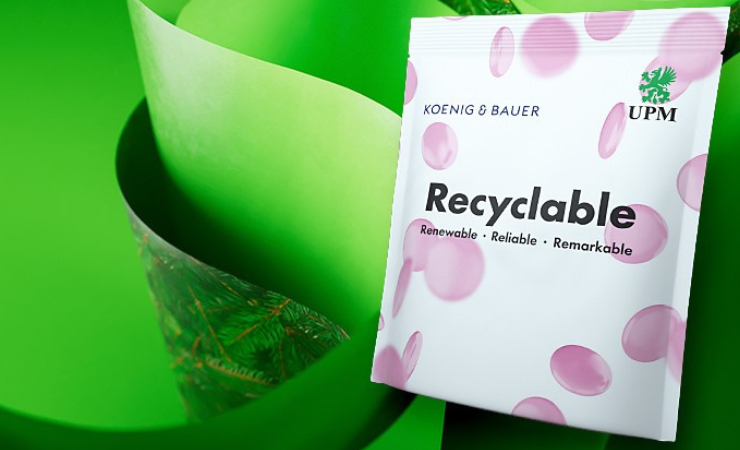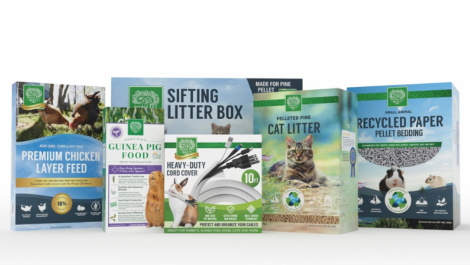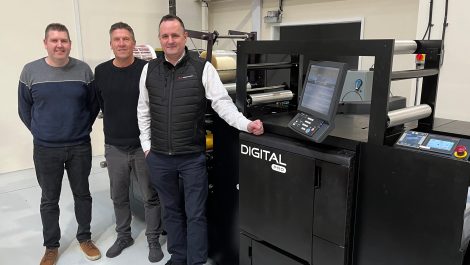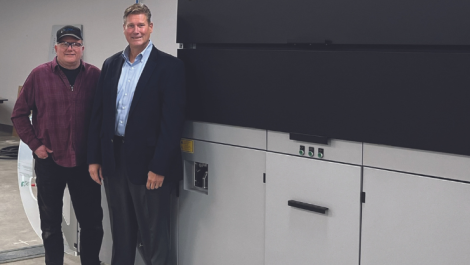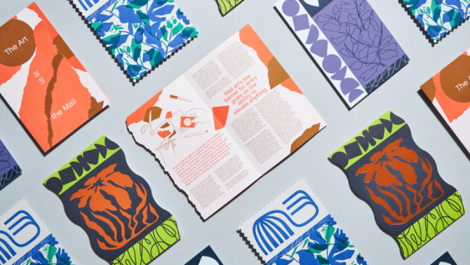UPM Speciality Papers’ heat-sealable barrier papers have achieved ‘excellent results’ in tests carried out with Koenig & Bauer’s next generation of inkjet digital printing technology.
The goal was to test and amend the compatibility of UPM Speciality Papers’ barrier papers for digital printing.
‘Our goal was to produce samples of a real-world product,’ commented Falko Baltrusch, senior manager at the Koenig & Bauer customer technology centre. ‘This co-creation was ideal, combining the paper and processing expertise of UPM Speciality Papers with our knowledge of machines, inks, temperatures and so on. This enabled us to control the whole process to see if the papers were printable and, if so, make sure that the print was of the right quality. We achieved both goals.’
The companies ran tests on UPM Confidio, UPM Asendo and UPM Prego barrier papers, which offer coated and uncoated surfaces. The tests also allowed UPM Specialty Papers to trial its barrier papers on digital printing technology since packaging is traditionally printed with flexo, rotogravure, or offset methods, which require high volume runs.
Koenig & Bauer is looking forward with the development of its RotaJET inkjet printing press, a flexible digital printing system capable of working with numerous substrates and applications. The RotaJET uses Good Manufacturing Produced (GMP) water-based polymer pigment inks.
‘Given the limitations of conventional print methods, we were very keen to see how our barrier papers performed on the RotaJET printing press,’ said Markus Kamphuis, technical sales manager, UPM Specialty Papers. ‘The results were extremely successful from the beginning. UPM Confidio incorporates an additional heat seal function, so it was also important to find out if the temperatures for drying ink would activate the sealing function or change the colours of the design. Neither was an issue, and the colours were really sharp and vivid. Our papers matched perfectly – it was simply a matter of setting the parameters, optimising the system, then printing. It just worked.’

